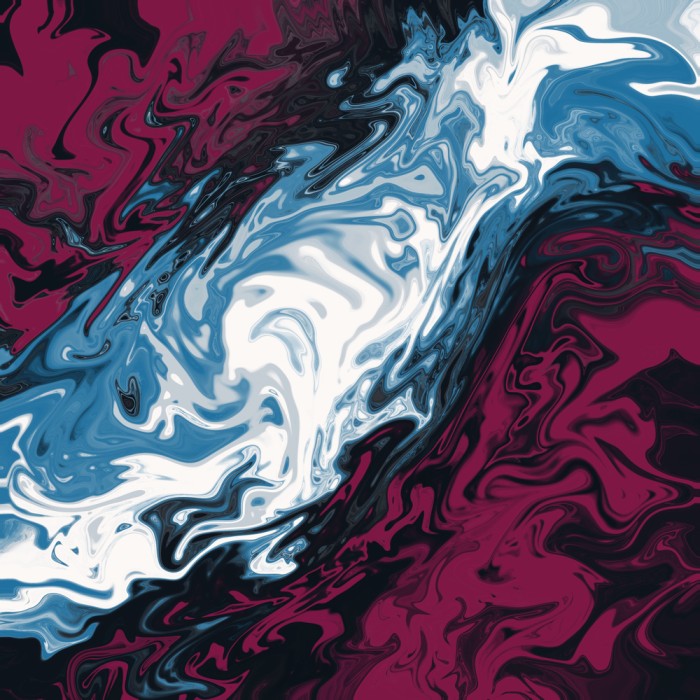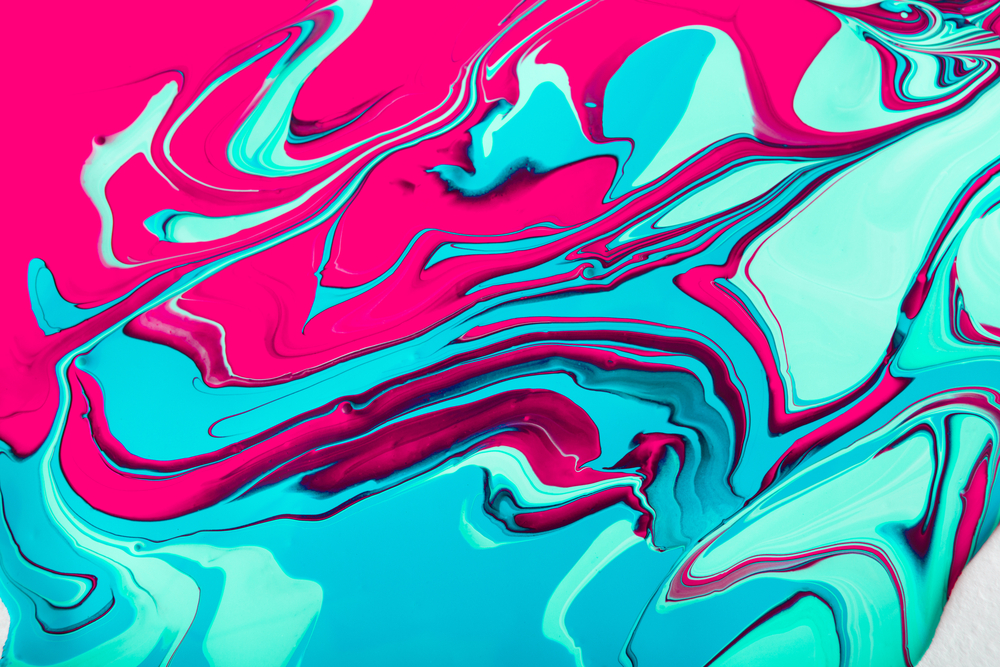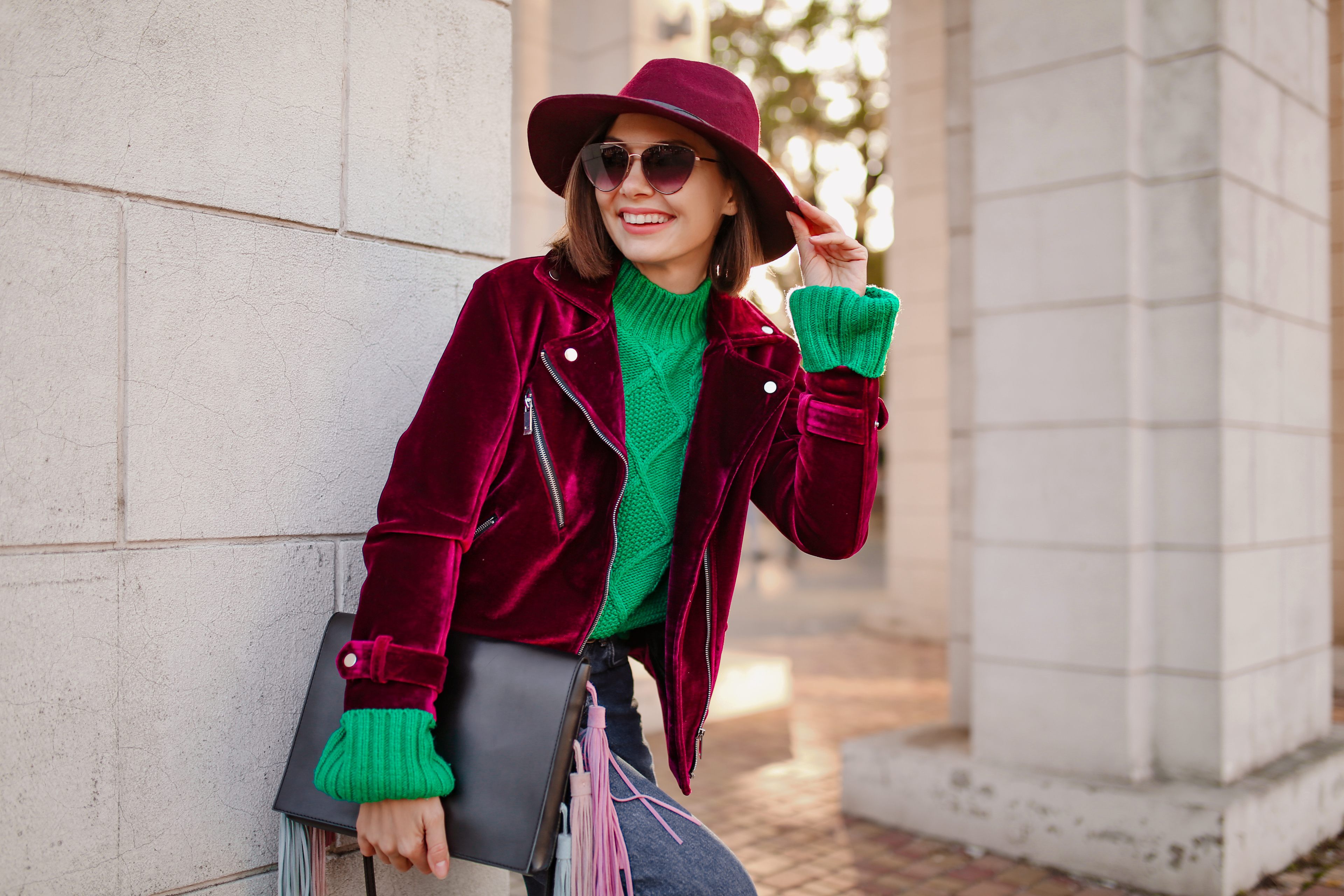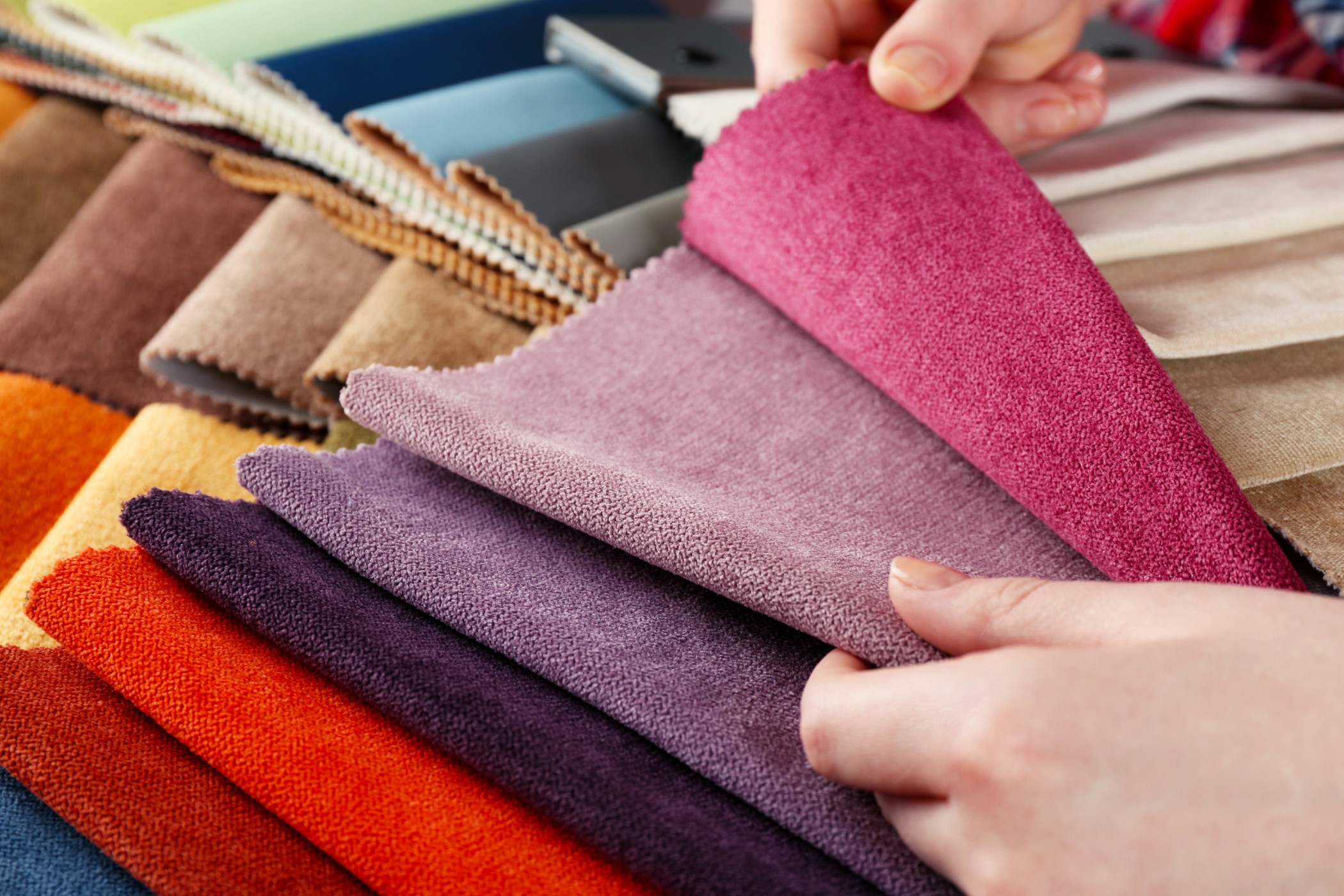The Science Of Color Mixing For Fabrics And Fashion



We've all done it: mixed colors together in a desperate attempt to create that perfect shade of blue. And if you haven't attempted it, you have probably at least tried to mix colors in your head and wondered why they don't come out the way you planned.
Color is the most important part of the design process. Colors set the mood and create ambiance, especially when combined correctly. The science behind color mixing is interesting, but it can be tough to get right.
To help you master the art of color mixing, we've created an ultimate guide that covers everything relating to color development. We'll take a look at how colors are created, how they interact with each other, and how to mix them together for optimal results. This article will help guide you through the different steps that you will need to take, so continue reading and check out our suggestions on how to choose the best color combinations!
Importance of Color Mixing For Fabrics And Fashion
The importance of fabric, color, and design for the fashion industry cannot be undermined. Color mixing is becoming more and more important as the fashion industry grows. Color mixing in fashion is an art where different colors are mixed and matched to create a unique design. There are many ways of performing this art. A number of color gradients and color wheel charts are used to create unique designs.
Fabric plays an important role in the fashion industry because it is a necessary component that has to be considered when one plans to launch a new clothing line or series. Fabric can make or break a clothing line because if the right choice of fabric is not made then it can lead to making clothes that are not appealing at all and do not match up with the demands of the customers and clients.
Color mixing is an important part of fabric design and creation because it helps in bringing out certain patterns on cloth which would otherwise not be possible if only single colors were used. Many designers use natural dyes to create organic fabrics using plants, flowers, and other organic items. This again shows that color mixing is an integral part of fabric, design, and creation.
The Science of Color Mixing For Fabrics and Fashion
The science of color mixing is a fundamental element of fashion design. It can help you understand how to put together different fabrics and what to do with the colors in your wardrobe. Color mixing is a complex process, but it can be understood by knowing how the human eye interprets color. In the simplest terms, color is the result of the interaction between light and matter.
The color that you see depends on how certain wavelengths of light are absorbed or reflected by a material. For example, if you look at a red object, it appears red because it absorbs all wavelengths except for those in the red part of the spectrum, which is reflected back to your eyes.
Understanding the Color Wheel for Color Mixing

The color wheel is typically used as a visual aid to show the relationship between colors. In its simplest form, it shows 12 basic colors that are based on three primary colors: red, yellow, and blue. The three primary colors create all other colors when they are mixed together.
If you mix two primary colors together in equal proportions, you get a secondary color — orange (red + yellow), green (yellow + blue), or purple (blue + red). If you add more of one color than another, you get an intermediate hue such as pink.
A good tip is to start off with a basic color wheel and then add more colors as you get more experienced with colors. When you first start out trying this, it will be best for you to use primary colors: Red, blue, yellow, white, and black. These are the five main colors you will use when making other shades of color.
You can take any of these basic five colors and put them together to make other colors. You can also take two or three of the same color and add white or black to create other shades of the same color.
This is a very easy way for you to get familiar with how to mix different shades together. Once you become familiar with this process there are many other things that you can do with it.
How do Colours Influence the Clothing Industry?
The clothing industry has always been influenced by colors and this has been seen in different ways over the years. For example, in fashion, a color traditionally follows seasonality which means that during autumn and winter, warmer and deeper shades are more popular while spring and summer see bright, bold colors and pastels being favored.
Understanding how colors interact with fashion and the clothing industry is a very important part of tailoring your marketing efforts. For example, you may decide to use certain colors to improve the look of a specific garment. The color of fabric can also influence how people feel about themselves and others in their social group.
The color choice for a particular item of clothing can also have a significant effect on the sales potential of that particular item. For example, black is often associated with power and sophistication.
Within the clothing industry, colors are used to create a particular look or feel that in turn draws the customer in. Think about it for a minute and you will soon realize just how important color is when selling clothes.
How to Choose and Mix Colours Based on Different Apparel Wears?
Colors can define a person, an era, and even a culture. The right color choice on the right fabric plays a major role in how a garment will look and feel. One may not be aware of this, but the color is one of the first things that grab our attention - it's universal and can be used to evoke certain feelings or emotions.
There are main two-color systems that are widely used in fashion and make-up color theory – The color wheel and the color triangle. A color wheel shows relationships between all the colors whereas the color triangle is an extension of the color wheel, showing more specific relationships between the colors.
The Colour Triangle is used to find a seasonal palette that suits your skin tone and hair features as well as your personality. You can read more about finding your seasonal palette here. Here are some basic examples:
- Spring - warm, soft, clear, light
- Summer - cool, muted, neutral
- Autumn - warm, muted, deep
- Winter - cool, bold
Through the use of colors and fabrics, one can create an artistic story that represents your brand. In addition to this, when choosing colors for your garments keep in mind what feeling you want your customers to have when they wear your clothing. Do you want them to feel happy, energetic, or relaxed? Colors such as red, orange, yellow are considered warm colors and are said to have a stimulating effect on people.
Warm colors are great for activewear, children's clothing, and summer fashions. If you're looking for a more soothing effect, consider using cool colors like blue, green, and purple. Cool colors are good for sleepwear, fashion basics, and loungewear.
Final Thoughts
Colors in fashion design, and particularly textile design, are one of the most important aspects of the creative process. Understanding how colors work, how they mix and match, as well as which colors compliment each other – is essential to making your designs successful.
In short, color mixing is a fundamental part of fashion design. Yet, it is often overlooked by beginners, who are more focused on learning how to draw fashion figures and clothing. Mixing colors for fabrics is both– an art and a science.
Textile designers work with one of the most versatile mediums, as color can be combined in an infinite number of ways to create a wide variety of different looks. Mixing colors can be complex, and it helps to have a basic understanding of how colors work together before you start putting colors together.



















